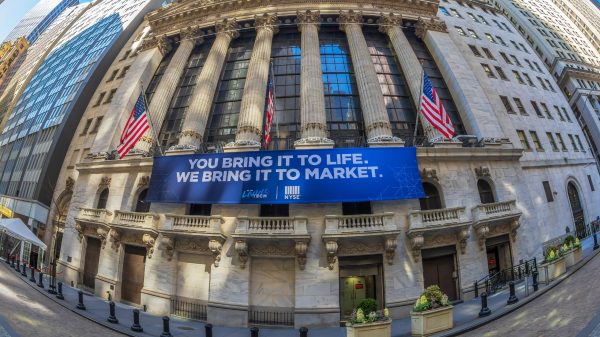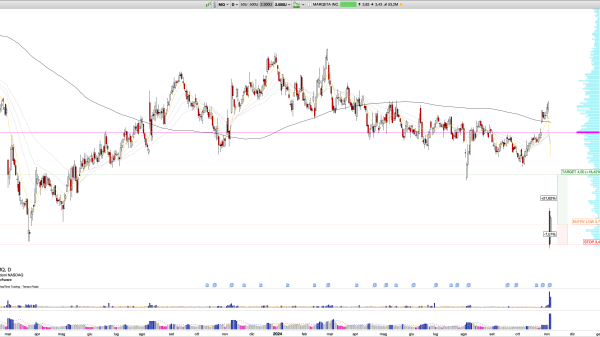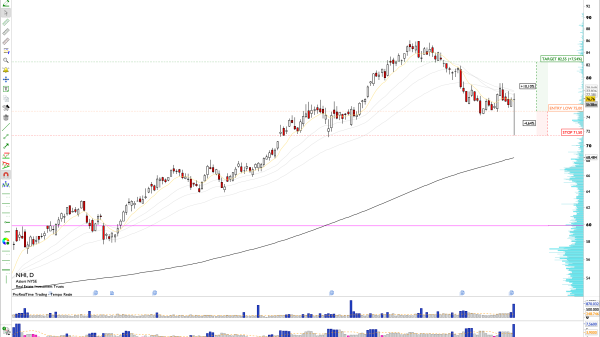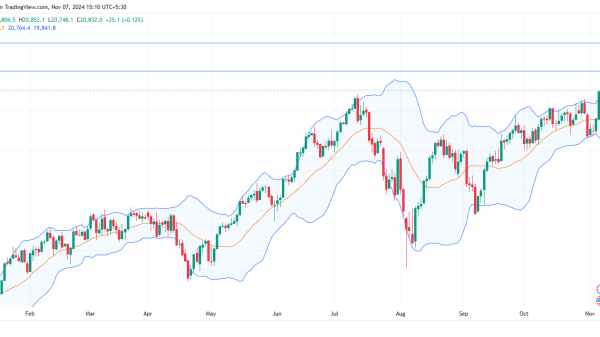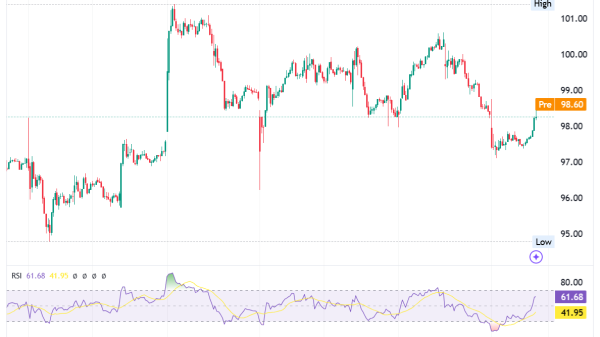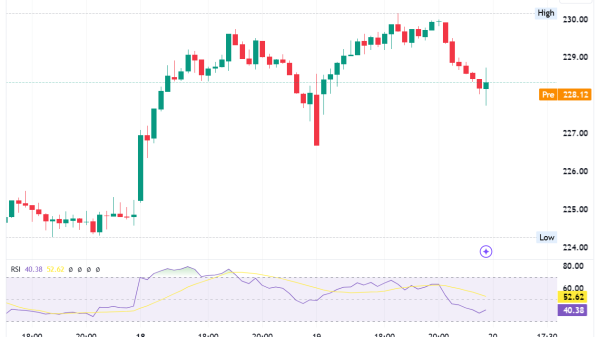Bear call spread – A trading strategy you should know
Have you ever thought about what the bear call spread is all about? And if so, do you need help determining when to use it while trading? Is it a recommended strategy you should use frequently? And, ultimately, are there bullish and bearish call spread examples?
If you’ve just started learning about these beneficial spreads, let’s start from the basics, dig deeper into it and explain what the bear call spread means and how to utilize it in the best possible way!
What is the bear call spread exactly?
A bear call credit spread, or short call spread, refers to the specific option strategy used once a certain investor expects a stock price to fall.
This strategy involves an individual who sells a call option (short call option) and purchasing additional call option (long call) at a higher strike price, both including the exact same expiration date. The maximum profit refers to the one which is the collected net premium, when starting the trade.
In this strategy, the short call strike is lower than the long call strike. The maximum loss or risk is the diversion between the two call strike prices less than the collected net premium,. This maximum loss occurs if the stock price exceeds thegreater strike price at expiration.
What is another option for a downtrend market prediction?
There’s also another option for a downward market prediction, which is the bear put spread. This type of spread offers limited risk.
Time decay is beneficial in the bear call credit spread strategy because as time passes, the price of the short call option you sold decreases, potentially leading to higher profits if the stock price stays beneath the short call strike price.
What does bear call spread mean in options?
In options trading, a bear spread is a strategy traders use when they expect a moderate decline in the price of an underlying asset. This strategy involves selling and buying call options concurrently.
The bought call option has a higher strike price than the sold one, yet both have the exact date termination. The maximum potential profit from a bear call spread is equivalent to the initial credit received from the execution of the strategy.
This technique is used to generate profit while managing the level of risk involved in options trading.
The best example of Applying a Bear Call Spread
Envision a scenario where a stock has a trading price of $70. A trader decides to embark on a bear call spread strategy.
They acquire one call option contract with a $65 strike price at a premium of $1.50, equating to a total expense of $150. Concurrently, they sell another call option contract with a lower strike price of $60 for $4.00, totalling a revenue of $400.
The trader secures a net credit.
In this situation, a net credit of $250 ($400 revenue – $150 expense) is secured by the trader at the outset of this strategy. If the underlying asset’s price dips below $60 when it reaches the expiration, the trader will hold onto the entire net credit, amounting to a total profit of $250.
The apex earning from the bear call spread is $250, reached if the asset closes precisely at the $60 strike price upon expiration. No extra gains are achieved beyond this. The profit shrinks if the asset’s ending price hovers among the 2 strike prices.
What leads to a loss in this case?
A closure above the higher $65 strike leads to a loss. This loss is calculated as the $5 difference between the strike prices ($500 for one contract), minus the initial net credit, culminating in a maximum potential loss of $250.
So, here’s the conclusion of this example:
Maximum profit = $250 (the initial net credit)
Maximum loss = $250 (the $5 disparity between the strike prices x 100, less the initial net credit)
Benefits of a Bear Call Spread
The primary benefit of utilizing a bear call spread is the diminished net risk associated with the trade. Purchasing a call option and a higher strike price mitigates the risk of selling another one with a lower strike price.
This strategy holds substantially lower risk than shorting the stock or security, as the greatest loss is confined to the difference between the two strike prices minus the amount credited at the commencement of the trade. In contrast, short selling a stock theoretically entails unlimited risk should the stock price escalate.
A bear spread proves to be an excellent strategy if the trader anticipates a moderate decline in the underlying stock or security between the initiation and the expiration date of the trade.
However, when the stock or security experiences a more significant drop, the trader forgoes the chance to capitalize on that additional profit.
This balance between mitigating risk and potential profit makes the bear call spread attractive for many traders.
What are the risks of a Bear Call Spread?
In a bear call spread, the rapid increase in the underlying stock for the short call leg poses a serious risk. This uptrend could lead to an obligatory assignment, forcing the trader to acquire the stock substantially higher than its strike price, resulting in a notable financial loss.
Also, remember that within a bear spread, the long call option with the higher strike price doesn’t carry a risk of early assignment, while the short call with the lower strike price does.
Early assignment for stock options typically correlates with dividends. Generally, short calls facing early assignments are assigned a day before the ex-dividend date, adding another layer of risk to this strategy.
Key Takeaways
A bear call spread is executed by acquiring two call options: bought (long) and sold (short), with varying strike prices but identical expiration dates.
This strategy is classified as limited-risk and limited-reward. It allows traders to manage and confine their potential losses or achieve diminished profits. The strike prices of the engaged call options establish the boundaries for profits and losses.
The maximum possible profit from this strategy is the initial credit received upon entry, and it’s realized when the underlying asset’s price is at or beneath the lower strike price at expiration.
In a bear call spread, time decay works advantageously for the trader, contributing to potential increased profits as the sold call option decreases in value over time, provided the stock price stays below the sold call option’s strike price.
FAQ
What is a Bear Call Spread?
A bear call spread is a method used in options trading. It’s used when you think an asset’s price will go down slightly. You sell and buy call options with different prices but the same end date. The most you can earn is the premium you get when you start the trade.
How do you use a bear call spread?
To use a bear call spread, sell one call option and buy another at a higher price. Both options must end on the same date. The most you can earn is the total premium received at the start.
What’s the maximum loss with a bear call spread?
The biggest loss in a bear is the difference between the two option prices, minus the received premium. This happens if the stock price is higher than the more expensive option at the end.
Is there another way to predict a market fall?
Yes, another way to guess a market fall is by using a bear put spread. This also limits risk like a bear call spread.
The post Bear call spread – A trading strategy you should know appeared first on FinanceBrokerage.

